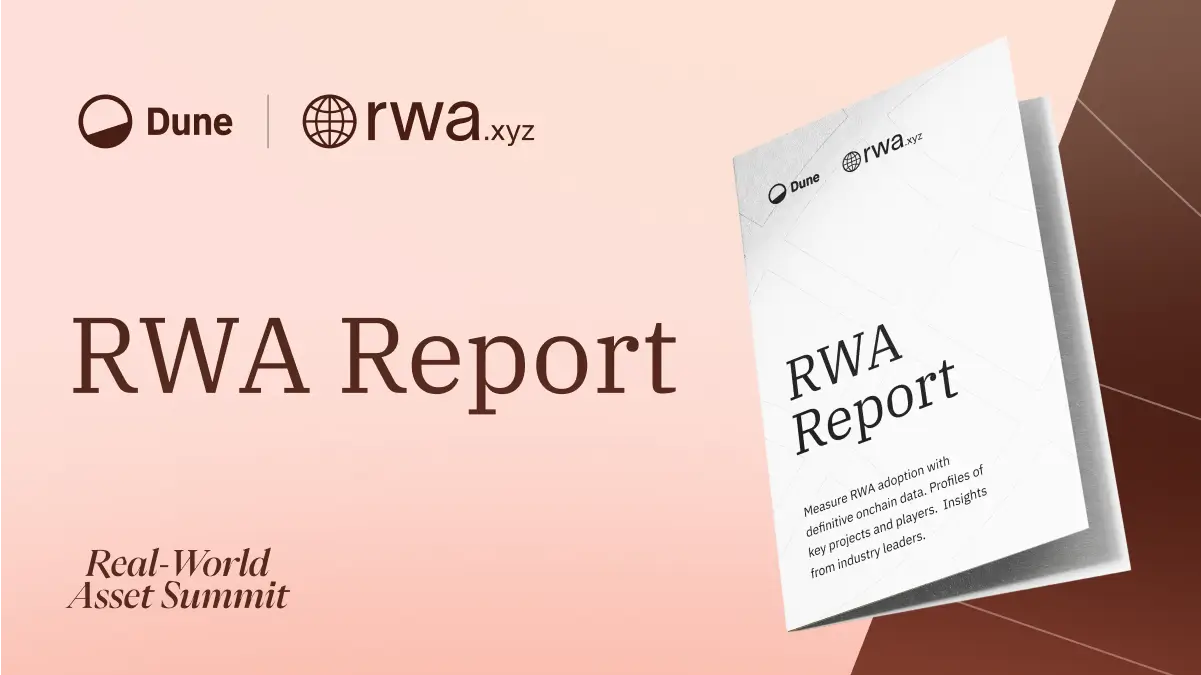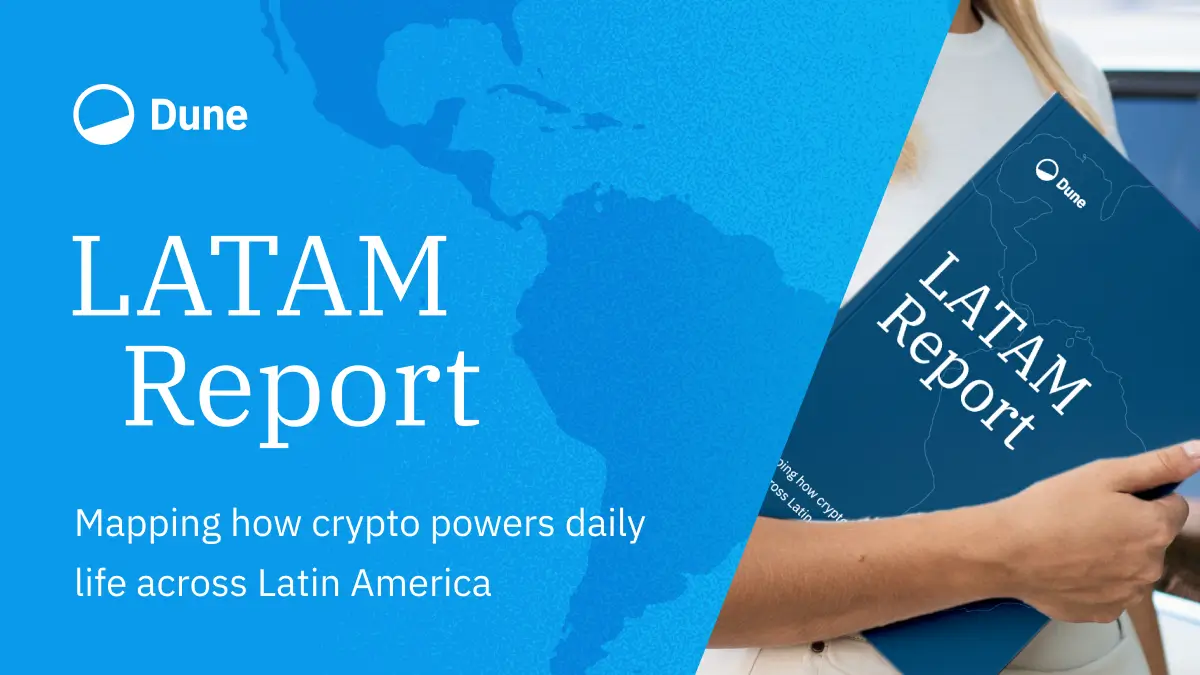Understanding L2 Adoption
The Real Story Behind the Numbers
Exclusive content

Download Content


Download the presentation
At Dune, we're constantly tracking the evolution of Ethereum’s scaling landscape. Over the past year, it’s become clear: Layer 2s are scaling solutions and the primary engines of onchain activity.
Let’s take a data-driven look at how adoption is unfolding across L2s, what’s driving it, and what it means for the broader Ethereum ecosystem.
Ethereum mainnet now processes just ~15% of all transactions in its ecosystem.Over 85% take place on L2s like Base, Polygon, and Arbitrum.

And yet, Ethereum L1 still plays a foundational role, handling 85% of all value transferred. It's clear that while rollups have become the execution layer, Ethereum remains the settlement and liquidity backbone.

Layer 2s have been a core part of Ethereum's scaling roadmap. But now, in mid-2025, they’re no longer just infrastructure experiments. They're full-blown execution environments where users trade, game, mint, and interact.
Among rollups, Base has emerged as the leader. In terms of activity, revenue, and growth, it's pulling ahead. Base alone now accounts for over 80% of all L2 transaction fees, up from around 30% just a year ago. In May 2025, it generated $5.8M in revenue, putting it on track for a $70M+ annualized run rate. Arbitrum, by comparison, has held steady around 13% share.

So what does adoption actually look like across the L2 ecosystem? Who's leading, where is value accruing, and which apps are winning?
The most dramatic shift came in March 2024, when Ethereum’s Dencun upgrade introduced “blobs” via EIP-4844. Blobs drastically reduced data availability costs for rollups, dropping monthly settlement costs from $40M to near zero.

This cost efficiency supercharged L2 profit margins—Base, for instance, operated at a 98.3% profit margin in May 2025.

And that efficiency didn’t just make rollups profitable. It made them more usable. When something becomes cheaper, usage explodes. That’s the idea behind Jevons Paradox, and it’s exactly what we’re seeing post-Dencun.
Take decentralized exchanges: DEX trade count more than doubled year-over-year, from 61 million in May 2024 to 132 million in May 2025. Base handled more than half of all trades, while Ethereum L1 accounted for just 5%. As the cost of using rollups dropped, traders flocked to them.

Volume followed. In May 2025, Base overtook Ethereum in DEX trading volume for the first time, capturing 39% vs Ethereum’s 36%. Even Unichain made an appearance with 6.7% of volume. The center of gravity in DeFi is shifting.

Zooming out, we see Solana and the Ethereum ecosystem (mainnet plus rollups) neck-and-neck in DEX volume.

Solana offers a high-throughput, monolithic design, while Ethereum scales modularly. It's a live comparison of two scaling philosophies: single-chain scalability versus a layered stack.
The NFT market tells a similar story. While volumes remain volatile and well below 2021 peaks, trade count has steadily recovered, especially on L2s. Base now drives a growing share of NFT activity, though Ethereum L1 still commands 90% of total volume.

Meanwhile, stablecoins and real-world assets (RWAs) continue to expand. The fiat-backed stablecoin supply is up 55% YoY to $150B, with Ethereum L1 hosting 90% of that value.

RWAs have tripled to $6B, 83% of which is issued on Ethereum. Once again, Ethereum provides the trust and settlement layer, while rollups host increasing transactional activity.

In short, the modular future is here.
Ethereum remains the foundation, providing security, settlement, and trust. But the center of gravity is shifting. As consumer apps in DeFi, gaming, and social increasingly launch on rollups, the user experience layer is moving to L2s. With faster UX, lower fees, and space for experimentation, rollups are where the next generation of onchain apps is being built.
The ecosystem is scaling and evolving: modular, multi-layered, specialized and constantly reshaping how we interact onchain.
Thanks for exploring the data with us.
— Dune
Ready to bring your Blockchain to Dune?
Power your App with Dune data
Steam Dune data in your analytics environment

Want to join Dune?


Dune Datashare
Ready to get started?
Individuals + Small Teams

Enterprise







